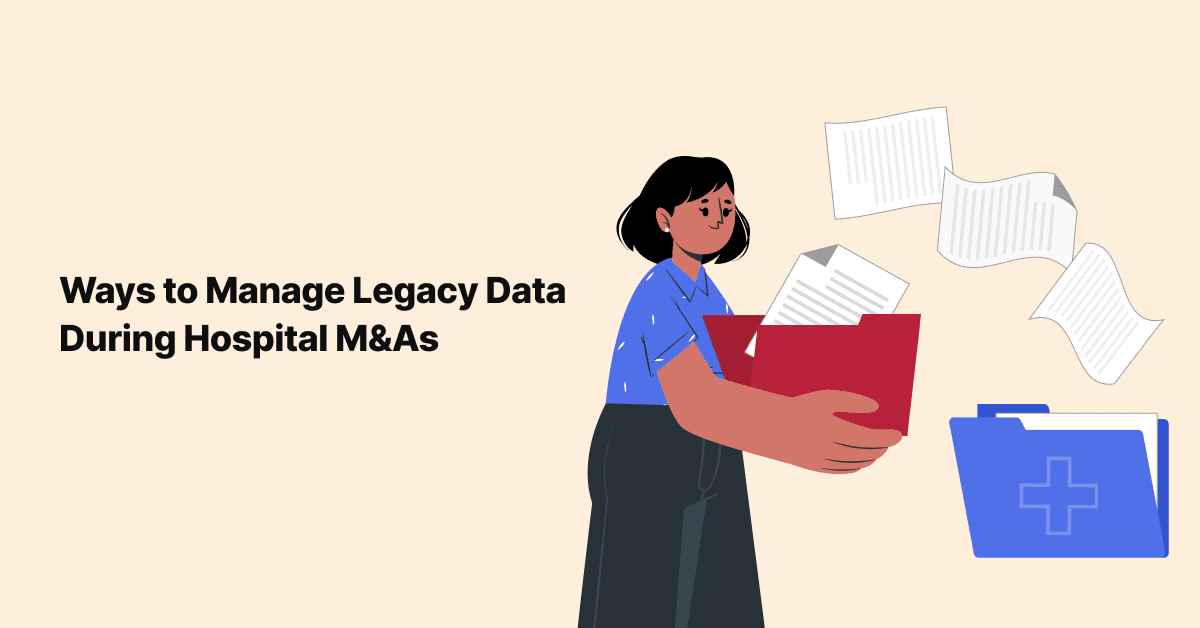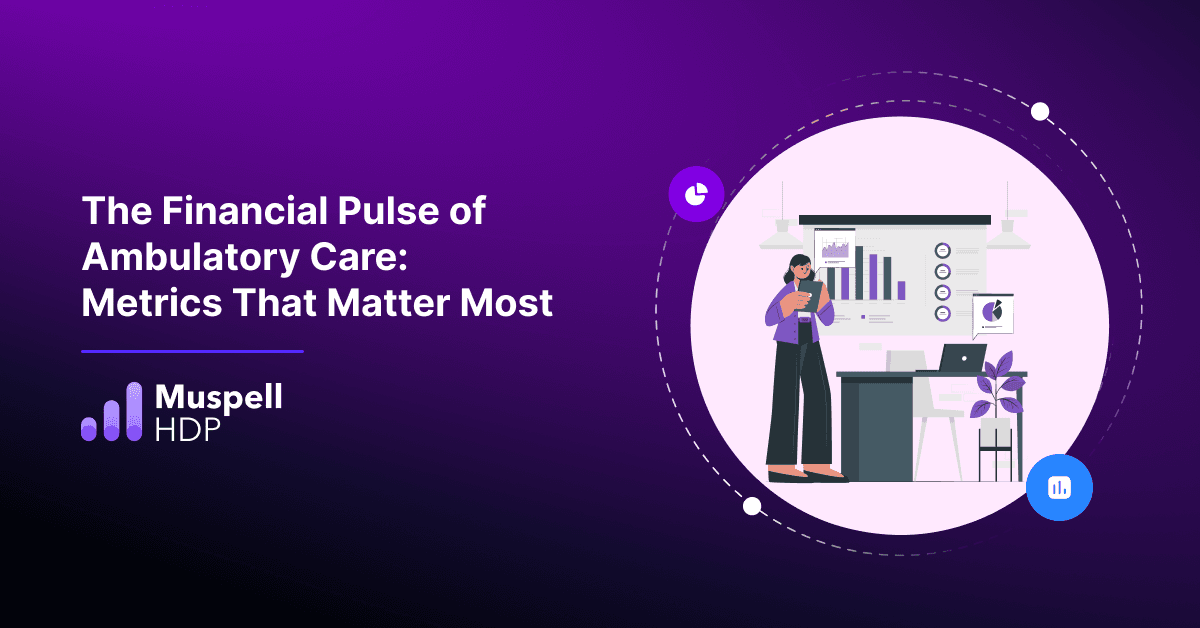
Consent In Healthcare Interoperability
When presented with a large stack of forms to complete upon arrival at the doctor’s office, most of us plow …

Merger and Acquisition or M&A activities for hospitals and healthcare systems have significantly increased in the past decade. Buyers and sellers are looking forward to creating more strategic, operational, and financial value. The pursuit of economies of scale, the ability to decrease unit costs, as well as improving outcomes and productivity through volume increases are some of the main drivers.
In this article, you will be able to explore:
Mergers and Acquisitions have impacted the health IT system majorly, especially with the possibility of acquiring several ambulatory sites annually. Plans are required to be made for either integrating the Electronic Health Record (EHR), general ledger, Practice Management (PM), and other systems of business into the existing infrastructure from entities that are newly acquired or retiring them. Most of the time, plans are made for bringing the acquired practice live staff on the health system’s go-forward EHR. A simple conversion of demographic data is done, which might involve a few key clinical data. A time period is then given for running the accounts receivables of the legacy practice management system. Following this, the data should be archived along with decommissioning the old systems of EHR/PM.
Legacy data refers to the information that is stored in an obsolete and old format or computer system and hence becomes difficult to process or access.
Legacy data can involve various kinds of data, such as patient records, finance records, personnel records, company data, and so on. When describing this information being stored in an obsolete format, it does not mean that the system or format is not working. Rather, to be precise, it is out-of-date or unable to get supported. The problem that lies in using obsolete media systems or formats is that it gets broken for some reason, it might be possible that all the information is lost because there is no one who could recover the data or fix the issue.
Managing Legacy data could be a significant challenge for healthcare providers. It is especially difficult for the large provider organizations, as they have to manage huge amounts of read-only EHR systems because of trends analysis, regulatory compliance, and the desire to have the complete record of patients for efficient diagnosis procedures.
Depending on how the legacy data would be used, there are multiple options that would allow the complete decommission of the old systems and provide the required operability. Some of the options for managing legacy data are as follows:
1. Keeping the data in a read-only format: This usually occurs when there is no IT staff present to analyze the old system data. The organization might be unable to afford to undertake a complete project of migration. At times, when two large organizations of healthcare merge, the immediate solution is to enable read-only access to the systems that are retired.
2. Converting data: At times, legacy data might be needed to be moved to a new system. Data conversion helps in this move. Due to the complexity of data, its structure, security, and privacy mandates, it is not a simple process. In the healthcare industry, especially, data conversions hold a special niche. The procedures go beyond just copying and pasting. Encryption, file mapping, and validation are some of the actions that form an essential part of a successful data conversion procedure.
3. Archiving: There are various healthcare organizations that prefer to archive their legacy data. One can get access to patient records and other data elements easily by making use of a secure, web-based archiving tool. A tool like Muspell Archive, for instance, can help in secure data archival through its intelligent built-in features. Through data archiving methods, the legacy system could be completely retired, which would help in saving both money and time.
4. Moving: The third option is to move the legacy data into an entirely different application. Sometimes it may so happen that records from the old EHR are required to be shared with the systems of decision support or platforms of chronic condition management. In such cases, it isn’t exactly a conversion as the mapping isn’t done to a similar working system. Instead, one might be required to consult a data-sharing provider. Through data sharing, compliant and seamless exchange of new data merging could be accomplished into the new application. Custom programming might be required to ensure accuracy, and that would accordingly record amends. The legacy data might help in solving bigger questions for the organization. It does not need to be purged or isn’t obsolete. It just needs to be moved to serve a greater purpose.
5. Data cleansing: Before considering all the above options and choosing which could work best, it is required to think about the data quality. Pushing dirty data into the new systems might end up causing further problems. Data cleansing could be a time-consuming process, so the organization must ensure that their data management provider can deliver such a service as well.
Some of the best practices for IT in terms of managing medical legacy data during M&A procedures are as follows:
It ultimately comes down to the health IT leaders to choose the solution for legacy data archive that could be based on industry standards, cost-effective, works well with the organizational data set, and help in moving towards the future efficiently. There are several approaches and solutions available in the market for archiving legacy data and requirements that are well-defined, which could help in choosing the right approach for legacy data management in health organizations.
Join over 3,200 subscribers and keep up-to-date with the latest innovations & best practices in Healthcare IT.

When presented with a large stack of forms to complete upon arrival at the doctor’s office, most of us plow …

An authorization for Release of Information form (ROI) allows your patients to specify which parts of their …

Ambulatory care sits at the intersection of clinical excellence and financial sustainability—and increasingly, …